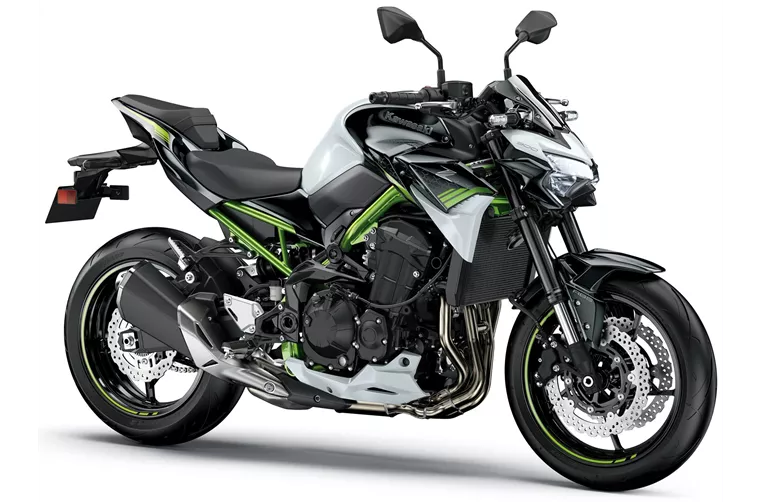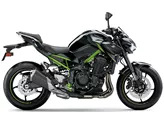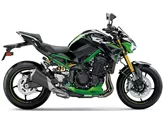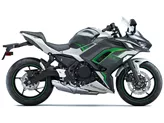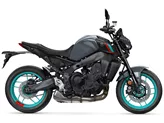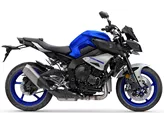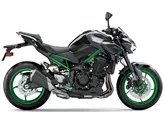Kawasaki Z900 2020 vs. Kawasaki Z 750R 2011
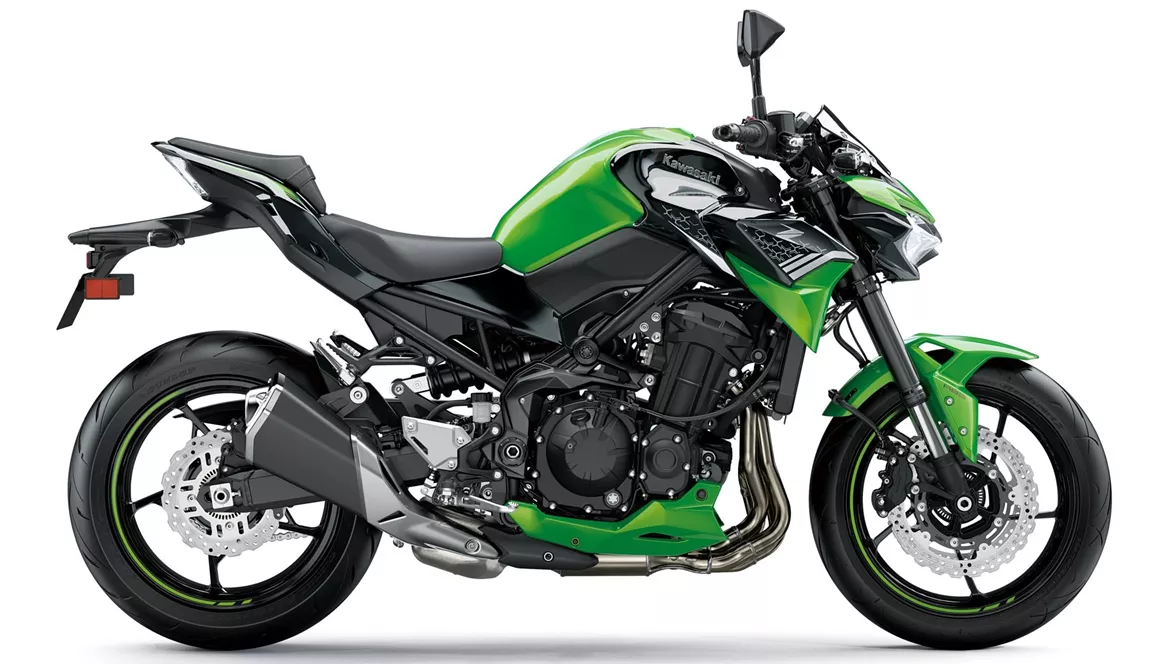
Kawasaki Z900 2020

Kawasaki Z 750R 2011
Overview - Kawasaki Z900 2020 vs Kawasaki Z 750R 2011
The Kawasaki Z900 2020 and the Kawasaki Z 750R 2011 are both naked bikes from Kawasaki, but there are several differences between the two models.
In terms of engine and drive train, both bikes have an inline four-cylinder engine with liquid cooling. However, the Z900 has a larger displacement of 948cc compared to the Z 750R's 748cc. This results in the Z900 producing more power with 125.4 HP, while the Z 750R has 106 HP. The Z900 also has higher torque at 98.6 Nm compared to the Z 750R's 78 Nm. Both bikes have four cylinders and use a double cradle steel frame for the chassis.
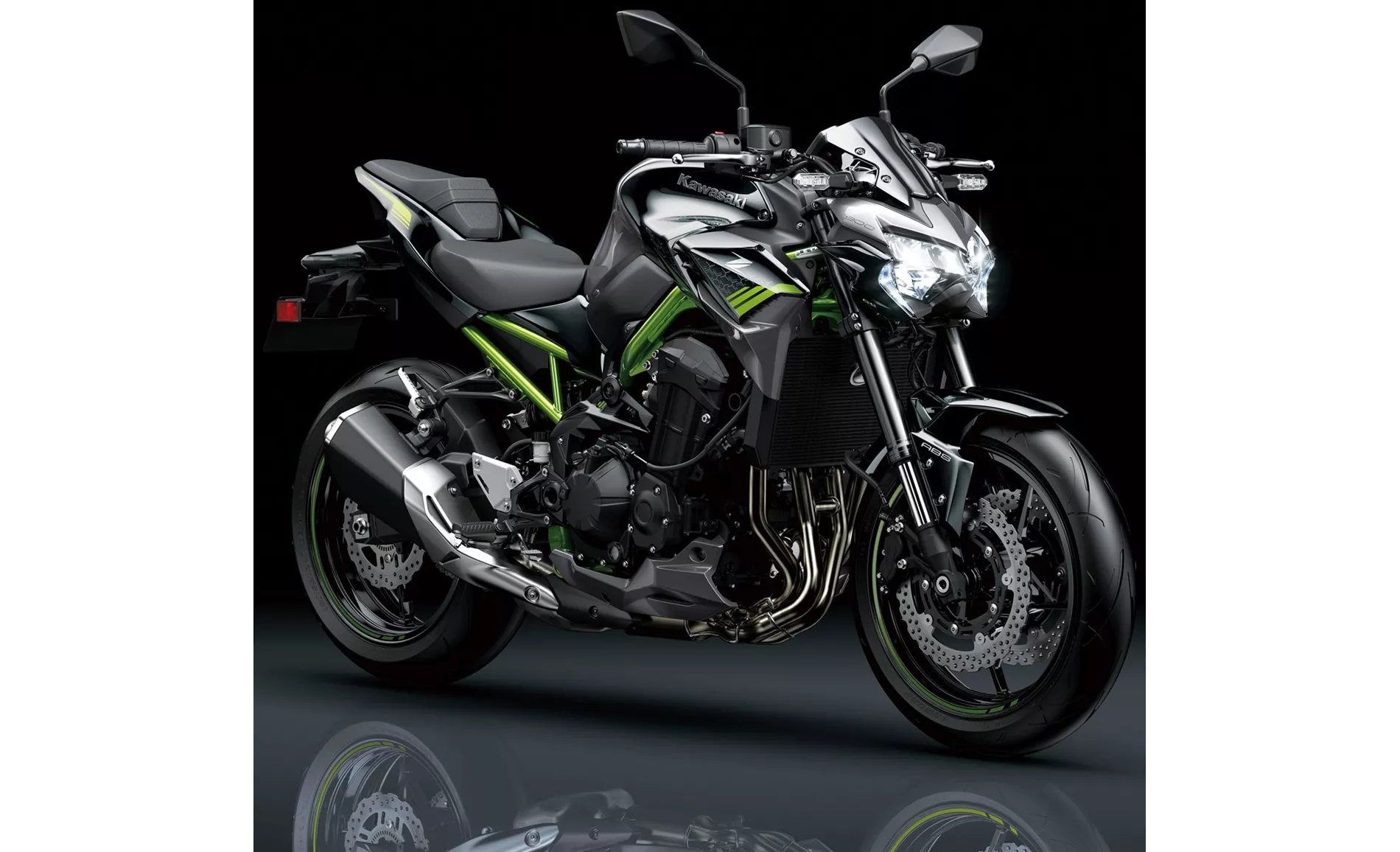
Kawasaki Z900 2020
When it comes to suspension, both bikes have upside-down telescopic forks at the front. However, the Z900 offers more adjustability with preload and rebound adjustments, while the Z 750R only has rebound adjustment. The same applies to the rear suspension, with the Z900 having preload and rebound adjustments, while the Z 750R only has rebound adjustment.
In terms of braking, both bikes have double disk brakes at the front with four pistons. However, the Z900 uses petal technology for its front brakes, while the Z 750R uses radial petal technology. Both bikes have the same tire dimensions, with a front tire width of 120mm and a rear tire width of 180mm. The wheelbase is slightly longer on the Z900 at 1450mm compared to the Z 750R's 1440mm. The seat height is also lower on the Z900 at 795mm compared to the Z 750R's 835mm. However, the Z900 is slightly heavier with a kerb weight of 210kg compared to the Z 750R's 230kg.
In terms of strengths, the Z900 has a more powerful engine, great handling, good equipment, aggressive looks, and offers good value for money. On the other hand, the Z 750R has a confident engine, excellent braking system, and ABS.

Kawasaki Z 750R 2011
However, there are also weaknesses for each bike. The Z900's menu navigation can be somewhat tiring, and it lacks the option for a quickshifter. On the other hand, the Z 750R has stability issues and can feel unsteady in the chassis.
In conclusion, the Kawasaki Z900 2020 offers more power, better handling, and more adjustability in suspension compared to the Kawasaki Z 750R 2011. However, the Z 750R has a confident engine, excellent braking system, and ABS. Both bikes have their strengths and weaknesses, and the choice between the two would depend on the rider's preferences and priorities.
Technical Specifications Kawasaki Z900 2020 compared to Kawasaki Z 750R 2011
Pros and Cons in comparison
Pros and Cons in comparison
Kawasaki Z900 2020
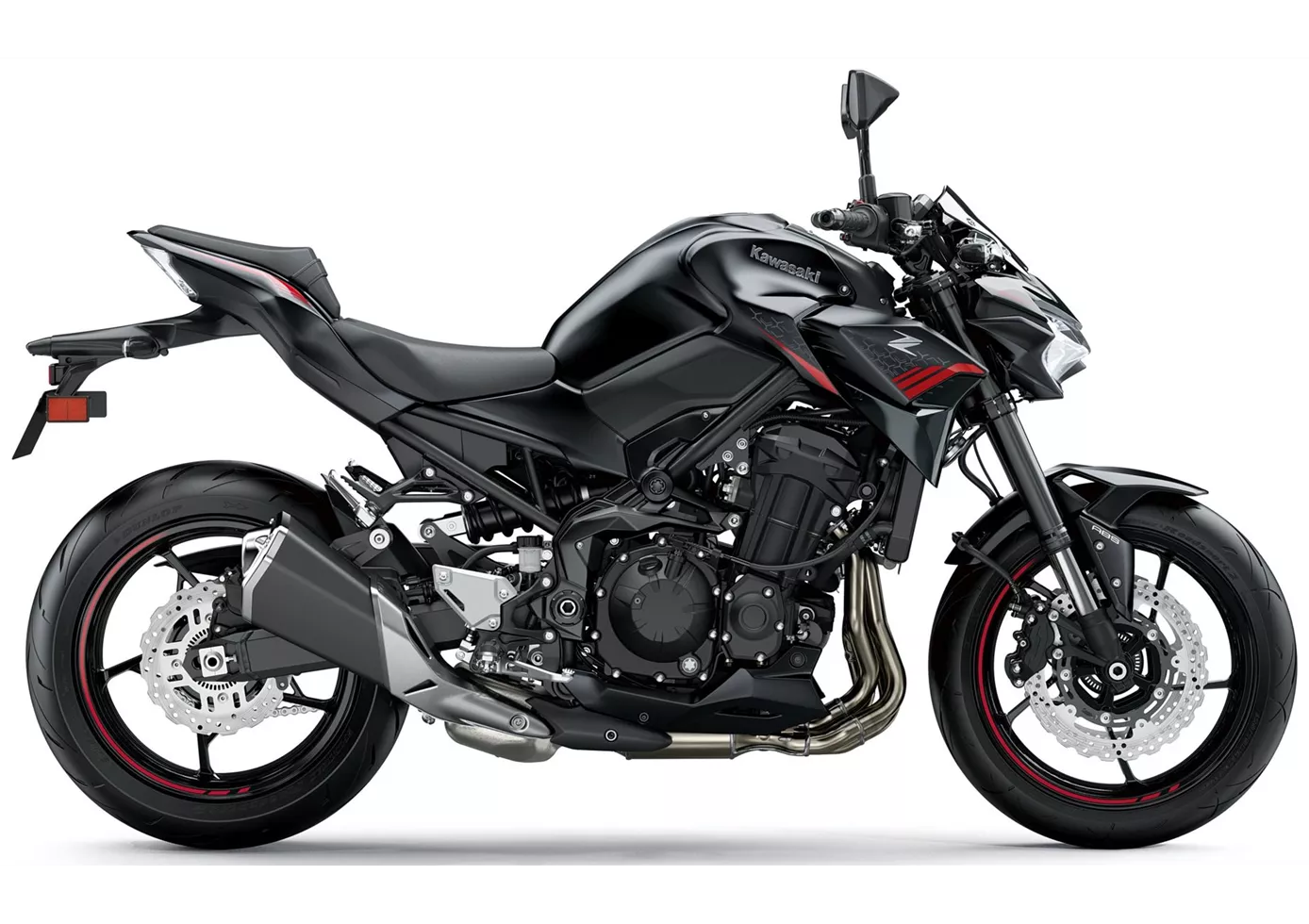
In terms of price-performance, the Kawasaki Z900 is hard to beat at the moment. With the perfectly tuned engine, the high-quality chassis components and the electronics added for 2020, this naked bike offers everything that sporty riders will be looking for. There is really nothing to complain about, even if the option of a quickshifter would have been a nice extra. Apart from that: great shot, Kawasaki!
Kawasaki Z 750R 2011
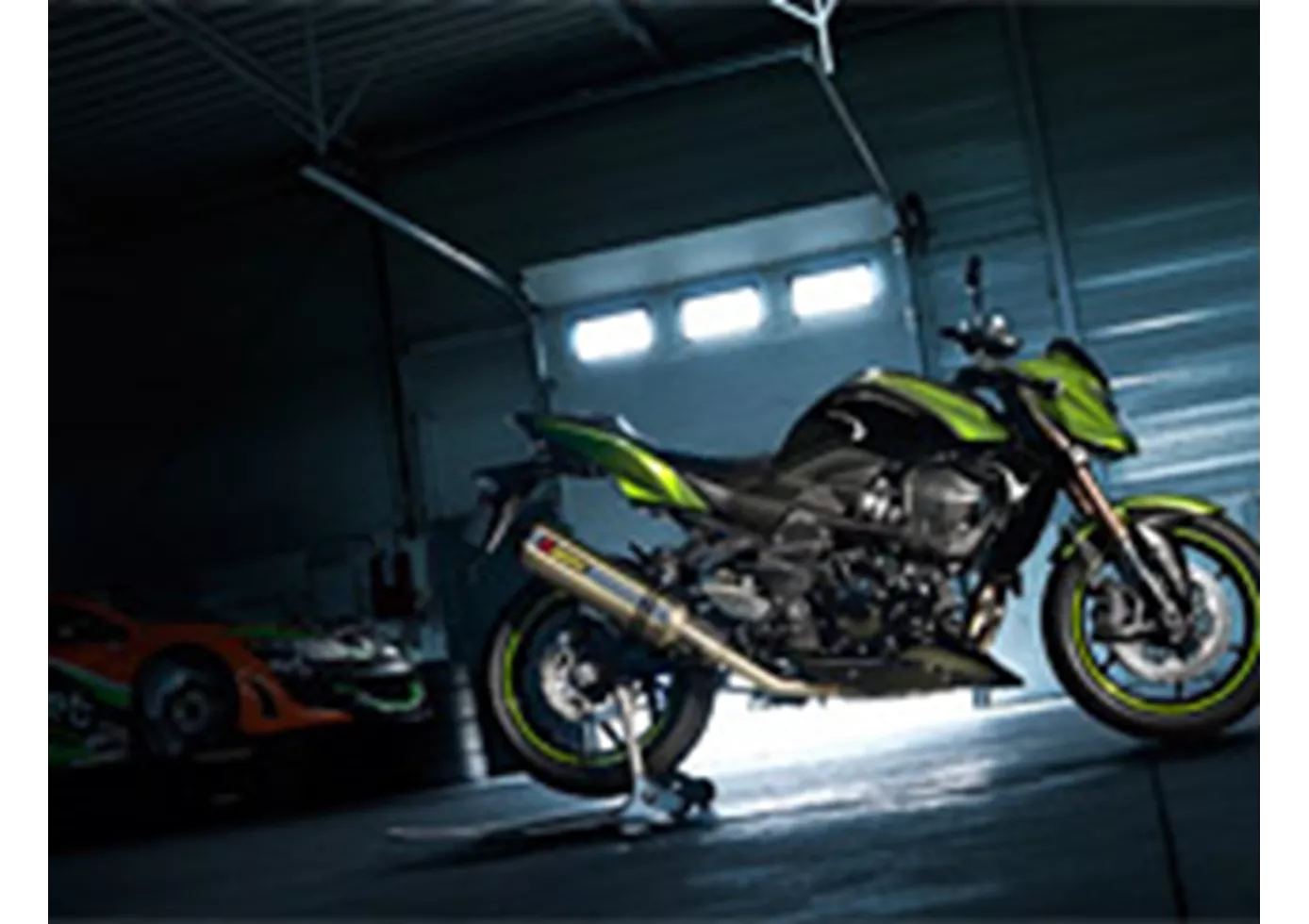
All in all, we think the Kawasaki Z 750 is right to wear the R. It is definitely a lot of fun on trackdays. However, if you want to hunt for lap times energetically, you have to invest in the chassis. Primarily to gain lean angle clearance. After that, you could even think about an "RR" in the name abbreviation.
Price Comparison Avarage Market Price Kawasaki Z900 vs Kawasaki Z 750R
There are a few key differences between a Kawasaki Z900 2020 and a Kawasaki Z 750R 2011. In terms of price, the actual average price of a Kawasaki Z900 2020 is about 71% higher. Compared to Kawasaki Z 750R 2011 there are more Kawasaki Z900 2020 bikes available on the 1000PS.de Marketplace, specifically 34 compared to 4. It takes less time to sell a Kawasaki Z 750R with 49 days compared to 124 days for the Kawasaki Z900. Since model year 2017 1000PS.de editors have written 46 reviews for the Kawasaki Z900 and 7 reviews for the Kawasaki Z 750R since model year 2011. The first review for the Kawasaki Z900 was published on 11/11/2016 and now has more than 93,200 views. This compares to more than 17,800 views for the first review on Kawasaki Z 750R published on 9/14/2010.
